G20 finance ministers and central bankers stepped up their language regarding trade tension in the communique after the meeting in Argentina. The communique noted that “risks over the short and medium term have increased”. And the risks include “financial vulnerabilities, heightened trade and geopolitical tensions, global imbalances, inequality and structurally weak growth, particularly in some advanced economies.” The group pledged to “continue to monitor risks, take action to mitigate them and respond if they materialise.”
The communique also noted that “international trade and investment are important engines of growth, productivity, innovation, job creation and development.” The group reaffirmed the conclusions on trade at the Hamburg Summit and “recognise the need to step up dialogue and actions to mitigate risks and enhance confidence”. And “we are working to strengthen the contribution of trade to our economies.”
Below is the full communique.
Communiqué
G20 Finance Ministers and Central Bank Governors
July 23, 2018, Buenos Aires, Argentina
- Global economic growth remains robust and unemployment is at a decade low. However, growth has been less synchronised recently, and downside risks over the short and medium term have increased. These include rising financial vulnerabilities, heightened trade and geopolitical tensions, global imbalances, inequality and structurally weak growth, particularly in some advanced economies. We will continue to monitor risks, take action to mitigate them and respond if they materialise. Although many emerging market economies are now better prepared to adjust to changing external conditions, they still face challenges including market volatility and reversal of capital flows.
- We will continue using all policy tools to support strong, sustainable, balanced and inclusive growth. Monetary policy will continue to support economic activity and ensure price stability, consistent with central banks’ mandates. Fiscal policy should be used flexibly and be growth-friendly, prioritise high quality investment, while enhancing economic and financial resilience and ensuring debt as a share of GDP is on a sustainable path. Continued implementation of structural reforms will enhance our growth potential. We reaffirm our exchange rate commitments made in March. We will clearly communicate our macroeconomic and structural policy action. International trade and investment are important engines of growth, productivity, innovation, job creation and development. We reaffirm our Leaders’ conclusions on trade at the Hamburg Summit and recognise the need to step up dialogue and actions to mitigate risks and enhance confidence. We are working to strengthen the contribution of trade to our economies.
- As we embrace technological transformation, we will ensure its benefits are widely shared and address the challenges it creates for individuals, businesses, and governments. We endorse the Menu of Policy Options for the Future of Work (the Menu) which will help us to: harness technology to strengthen growth and productivity; support people during transitions and address distributional challenges; secure sustainable tax systems; and ensure that the best possible evidence informs our decision-making. The Menu also reinforces the importance of international cooperation and promoting gender equality. We will draw on the Menu to respond to the impacts of technological change, considering individual country circumstances.
- To further boost infrastructure investment, and support growth and development, we welcome progress on the Roadmap to Infrastructure as an Asset Class. We endorse the G20 Principles for the Infrastructure Project Preparation Phase which will help deliver a pipeline of well-prepared and bankable projects that are attractive to private investors by improving assessments of project rationale, options appraisal, commercial viability, long-term affordability, and deliverability. We look forward to key progress being achieved under the Roadmap in the areas of risk mitigation and credit enhancements, data availability, and contractual and financial standardisation by the end of 2018. The Private Sector Advisory Group will continue informing the work on the key challenges in attracting private investment to infrastructure. We agree to extend the mandate of the Global Infrastructure Hub to 2022. We call for coordination among current initiatives sponsored by MDBs and others to avoid duplication of efforts.
- Against the backdrop of recent volatility in financial markets and capital flows, we continue our work as agreed in March, including on monitoring cross-border capital flows and examining available tools to help countries harness their benefits while also managing risks.
- We reaffirm our commitment to further strengthening the global financial safety net with a strong, quota-based, and adequately resourced IMF at its centre. We are committed to concluding the 15th General Review of Quotas and agreeing on a new quota formula as a basis for a realignment of quota shares to result in increased shares for dynamic economies in line with their relative positions in the world economy and hence likely in the share of emerging market and developing countries as a whole, while protecting the voice and representation of the poorest members by the Spring Meetings and no later than the Annual Meetings of 2019.
- We continue to monitor debt vulnerabilities in Low Income Countries (LICs) with concern. Accurate and comprehensive debt data are essential in ensuring sound borrowing and lending practices. We welcome again the Operational Guidelines for Sustainable Financing and we agree that building capacity in public financial management, strengthening domestic policy frameworks, and enhancing information sharing would help avoid new episodes of debt distress in LICs. We support ongoing work by the IMF, WBG and Paris Club on LICs debt. We will work towards enhancing debt transparency and sustainability, and improving sustainable financing practices by debtors and creditors, both official and private.
- We are looking forward to the report by the G20 Eminent Persons Group on Global Financial Governance.
- The financial system must remain open, resilient and supportive of growth. We remain committed to the full, timely and consistent implementation and finalisation of the post-crisis reforms, and the evaluation of their effects. We welcome progress on the evaluations by the FSB and standard setting bodies (SSBs) of the effects of the reforms on infrastructure financing and incentives to centrally clear over-the-counter derivatives and we expect the final results by the Leaders’ Summit. We look forward to the FSB’s continued progress on achieving resilient market-based finance. We continue to monitor and, if necessary, address emerging risks and vulnerabilities in the financial system.
- Technological innovations, including those underlying crypto-assets, can deliver significant benefits to the financial system and the broader economy. Crypto-assets do, however, raise issues with respect to consumer and investor protection, market integrity, tax evasion, money laundering and terrorist financing. Crypto-assets lack the key attributes of sovereign currencies. While crypto- assets do not at this point pose a global financial stability risk, we remain vigilant. We welcome updates provided by the FSB and the SSBs and look forward to their further work to monitor the potential risks of crypto-assets, and to assess multilateral responses as needed. We reiterate our March commitments related to the implementation of the FATF standards and we ask the FATF to clarify in October 2018 how its standards apply to crypto-assets.
- We support a globally fair, sustainable, and modern international tax system. We reaffirm the importance of the worldwide implementation of the Base Erosion and Profit Shifting package. We remain committed to work together to seek a consensus-based solution to address the impacts of the digitalisation of the economy on the international tax system by 2020, with an update in 2019. We call on all jurisdictions to sign and ratify the multilateral Convention on Mutual Administrative Assistance in Tax Matters. Jurisdictions scheduled to commence automatic exchange of financial account information for tax purposes in 2018 should ensure that all necessary steps are taken to meet this timeline. We support the OECD strengthened criteria to identify jurisdictions that have not satisfactorily implemented the internationally agreed tax transparency standards. Defensive measures will be considered against listed jurisdictions. We support enhanced tax certainty and tax capacity building, including through the Global Knowledge-Sharing Platform for Tax Administration under the umbrella of the Platform for Collaboration on Tax, and welcome the Latin America Academy for Tax Crime Investigation in Buenos Aires.
- Mobilising sustainable finance and strengthening financial inclusion are important for global growth. We welcome the G20 Sustainable Finance Synthesis Report 2018 which presents voluntary options to support deployment of sustainable private capital. We endorse the G20 Financial Inclusion Policy Guide on Digitisation and Informality, which provides voluntary policy recommendations to facilitate digital financial services, taking into account country contexts. While significant progress has been made to lift financial inclusion through the Global Partnership for Financial Inclusion, we ask that it streamlines its work program and structure so it continues to support economic growth, financial stability and reducing inequality.
- Our fight against terrorist financing, money laundering and proliferation financing continues. We call for full, effective and swift implementation of FATF standards. We call on FATF to further enhance its efforts to counter proliferation financing. We commit to further our individual and collective efforts to eliminate the financial networks supporting terrorist groups.
Communiqué Annex
Issues for Further Action
We welcome the MDB Infrastructure Cooperation Platform, which will report to the Infrastructure Working Group, and ask that advice be provided to us by the 2018 Leaders’ Summit on its activities to improve MDB project preparation, standardisation of guarantees and credit enhancement tools, and data availability. We call on the IWG to study the feasibility of new mechanisms to create portfolios of infrastructure assets, including brownfield infrastructure projects, that can be purchased by institutional investors.
We ask the OECD to report by the 2018 Leaders’ Summit on the number of jurisditions that are at risk of being considered as not having satisfactorily implemented internationally agreed tax transparency standards. We also ask the OECD to prepare a list by the 2019 Leaders’ Summit of the jurisdictions that have not yet sufficiently progressed toward a satisfactory level of implementation. We ask the OECD and the IMF to report to Finance Ministers and Central Bank Governors in 2019 on progress made on tax certainty.
We reiterate our call for the Platform for Collaboration on Tax to develop its workplan on its commitments by the IMF/WBG Annual Meetings this year and provide a progress report in 2019.
We look forward to the report by the FSB on policy development under its action plan to assess and address the decline in correspondent banking relationships by the 2018 Leaders’ Summit. To ensure the GPFI continues to make a positive contribution to financial inclusion, we ask that it considers where its work could be rationalised and prioritised. We also ask the GPFI to consider its current structure with a view to more closely aligning it with other working arrangements in the G20 finance track. This includes combining the work of the four GPFI sub groups into one working group, appointment of working group co-chairs and changing its membership arrangements. We expect the the GPFI to provide a roadmap by the Leaders’ Summit in December on the path to achieving the requested changes in 2020.
We look forward to the implementation of the outcomes of the April Paris Conference on Counter Terrorist Financing.
Reports and Documents Received
Global Economy
- G20 Surveillance Note, IMF
Future of Work
- G20 Menu of Policy Options for the Future of Work, FWG
- Future of Work: Measurement and Policy Challenges, IMF
- Tax Policies for Inclusive Growth in a Changing World, OECD
- Maintaining Competitive Conditions in the Era of Digitalisation, OECD
- Financing Social Protection and Lifelong Learning for the Future of Work: Fiscal Aspects and Policy Options, ILO
- Policy Options to Support Innovation in Developing Countries, WBG
Infrastructure
- G20 Principles for the Infrastructure Project Preparation Phase, G20, IWG 3
- G20/OECD/WB Stocktake of Tools and Instruments Related to Infrastructure as an Asset Class, Background Document, OECD and WBG
- G20/OECD Effective Approaches for Implementing the G20/OECD High-Level Principles on SME Financing, OECD
Financial Regulation
- Evaluation of the Effects of Reforms on Infrastructure Finance Consultative Document, FSB
- Evaluation of Incentives to Centrally Clear OTC Derivatives Draft Executive Summary of Consultative Document, FSB
- Cyber Lexicon Consultative Document, FSB
- Crypto-Assets Report on Work by the FSB and Standard-Setting Bodies, FSB
International Financial Architecture
- IMF Institutional View in Practice, IMF
- The OECD Code of Liberalisation of Capital Movements: Update on Developments, OECD
- Joint Note on Strengthening Public Debt Transparency — the Role of the IMF and the World Bank, IMF and WBG
- Joint Note on Improving Public Debt Recording, Monitoring and Reporting Capacity in Low and Lower Middle-Income Countries, IMF and WBG
- Joint Note Updating on the Implementation of the G20 Principles for Effective Coordination between the IMF and MDBs, IMF, WBG, IADB
International Taxation
- Secretary-General Report to Finance Ministers, OECD, Buenos Aires, Argentina, July 2018
Anti-Money Laundering and Terrorist Financing
- Report to Finance Ministers and Central Bank Governors, FATF, July 2018
Financial Inclusion
- G20 Policy Guide. Digitisation and Informality: Harnessing Digital Financial Inclusion for Individuals and MSMEs in the Informal Economy, GPFI
- G20 Digital Identity Onboarding, WBG
- Achieving Development and Acceptance of an Open and Inclusive Digital Payments Infrastructure, BTCA
- Use of Alternative Data to Enhance Credit Reporting to Enable Access to Digital Financial Services by Individuals and SMEs operating in the Informal Economy, ICCR
- Data Protection and Privacy for Alternative Data, WBG
- G20/OECD Policy Guidance — Financial Consumer Protection Approaches in the Digital Age, OECD
- G20/OECD INFE Policy Guidance — Digitalisation and Financial Literacy, OECD
Sustainable Finance
- G20 Sustainable Finance Synthesis Report — 2018, Sustainable Finance Study Group




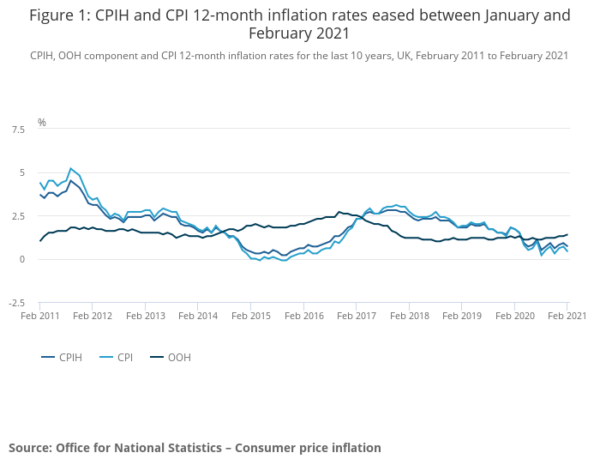
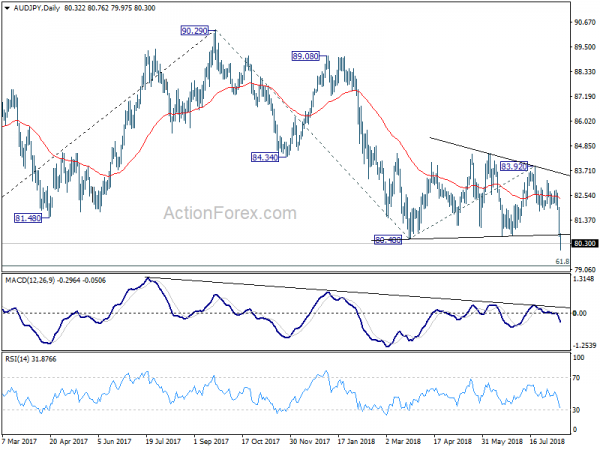
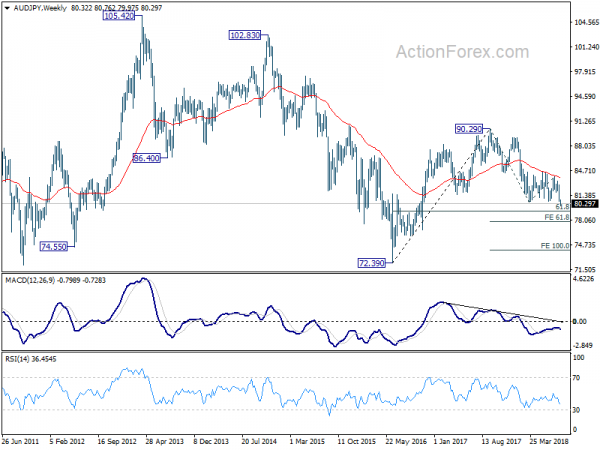
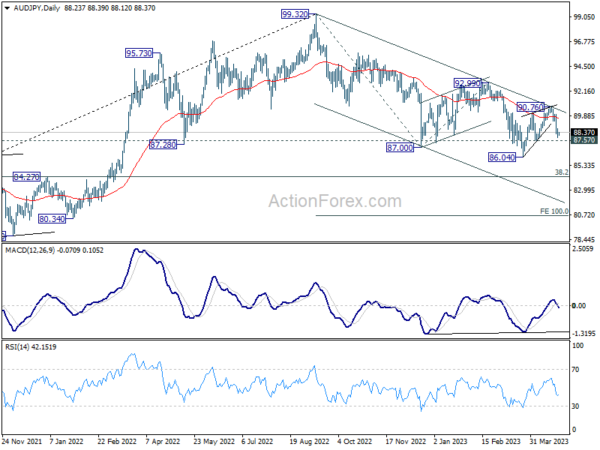
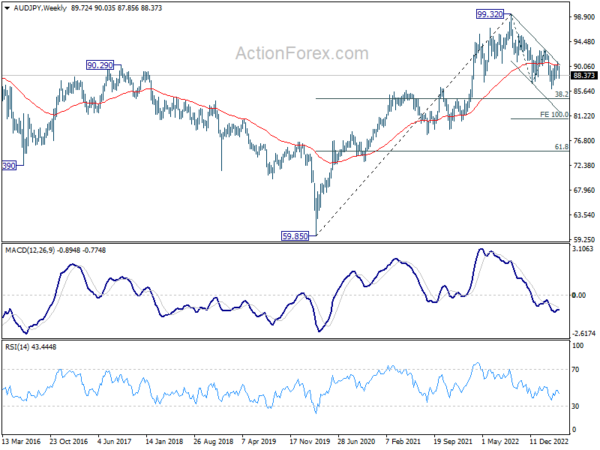
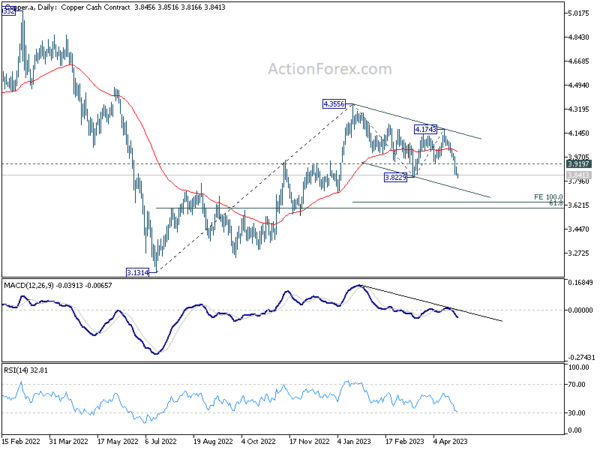
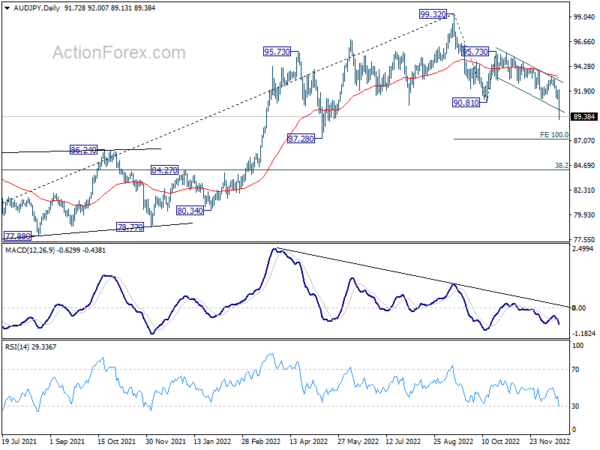
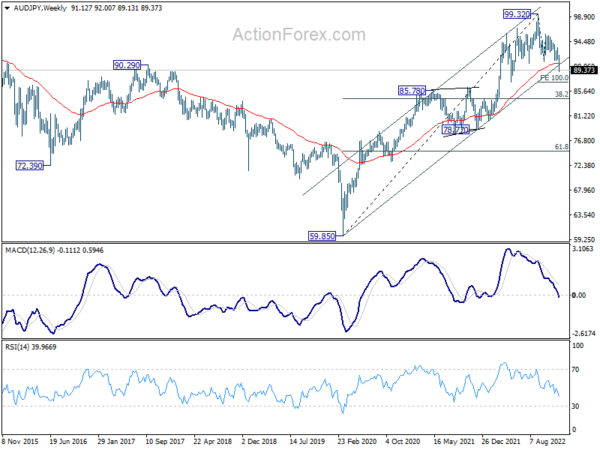
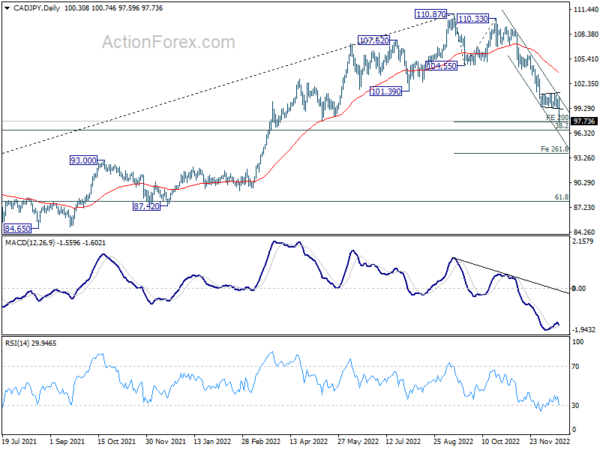
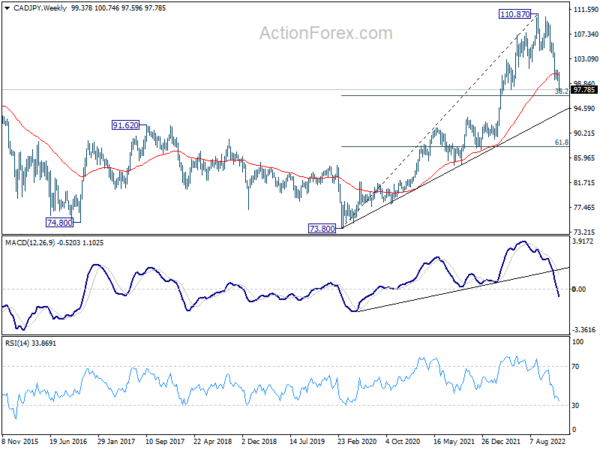
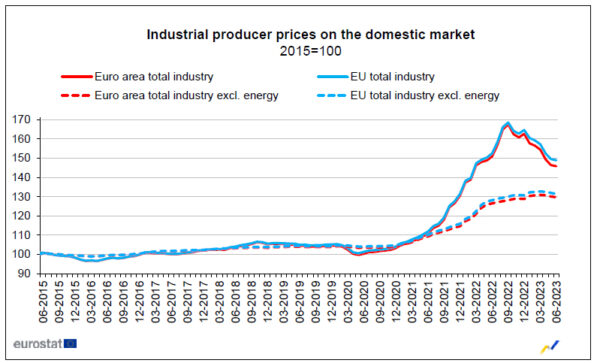
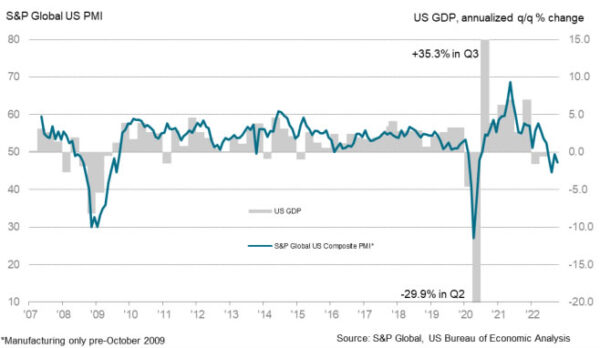
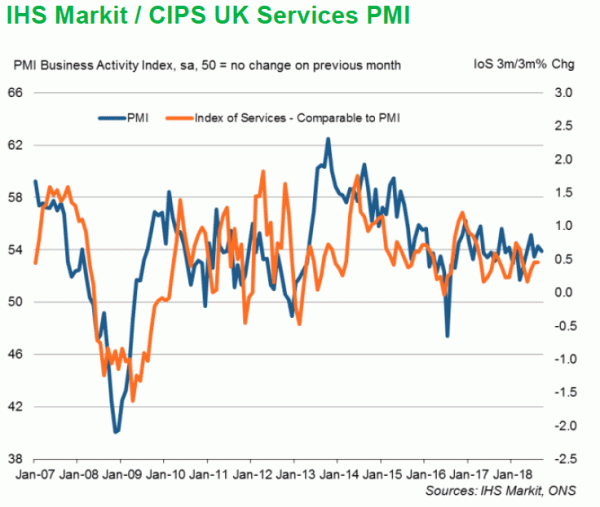
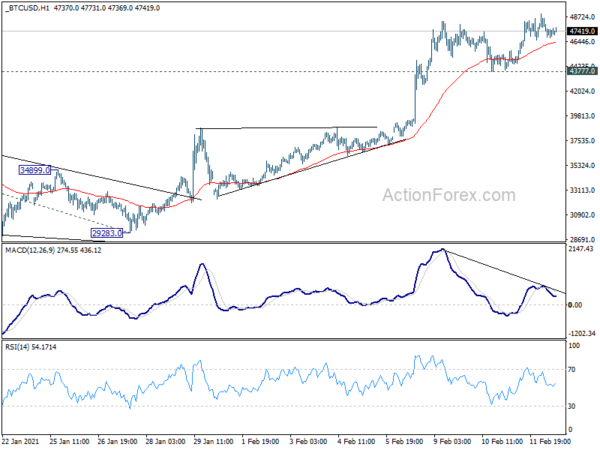
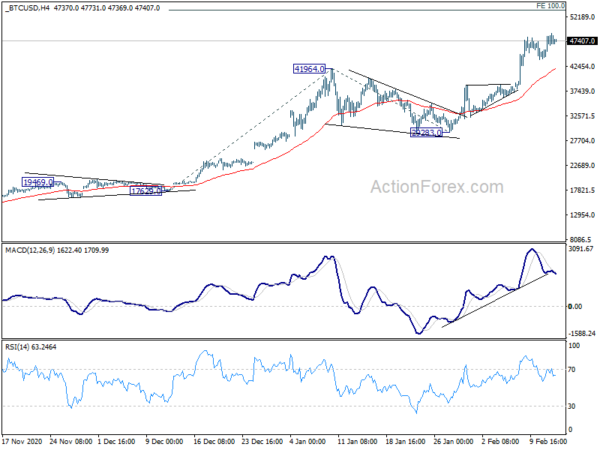
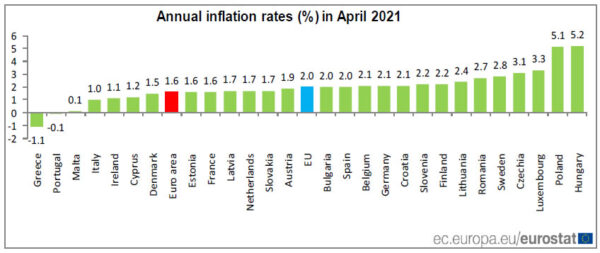


China trade surplus widened to USD 34B in October, both import and export rose
From China, exports rose 15.6% yoy in October to USD 217.3B. Imports rose 21.4% yoy to USD 183.2B. Trade surplus widened to USD 34.0B, below expectation of USD 36.3B.
In CNY terms, exports rose 20.1% to CNY 1490B. Imports rose 26.3% to 1257B. Trade surplus widened to CNY 234B, above expectation of CNY 209B.